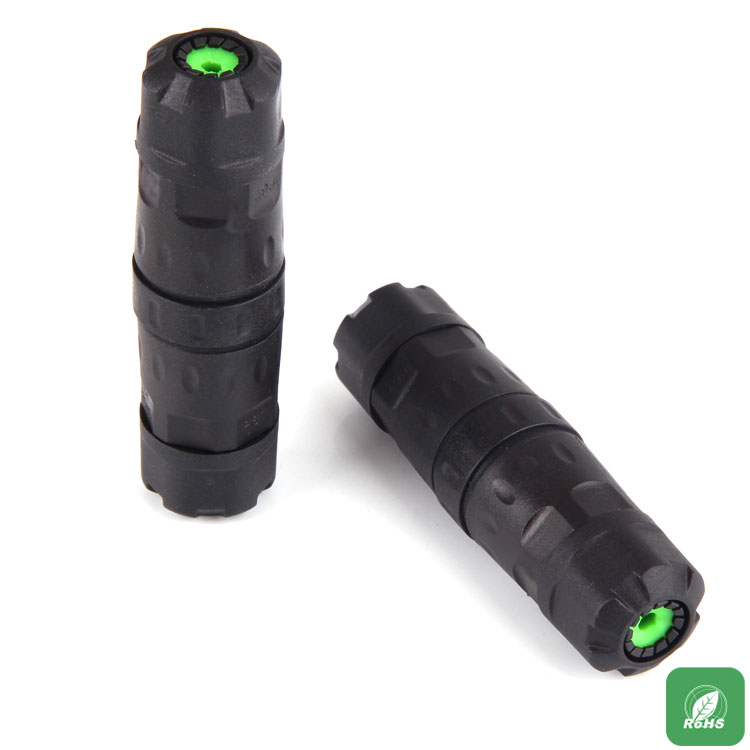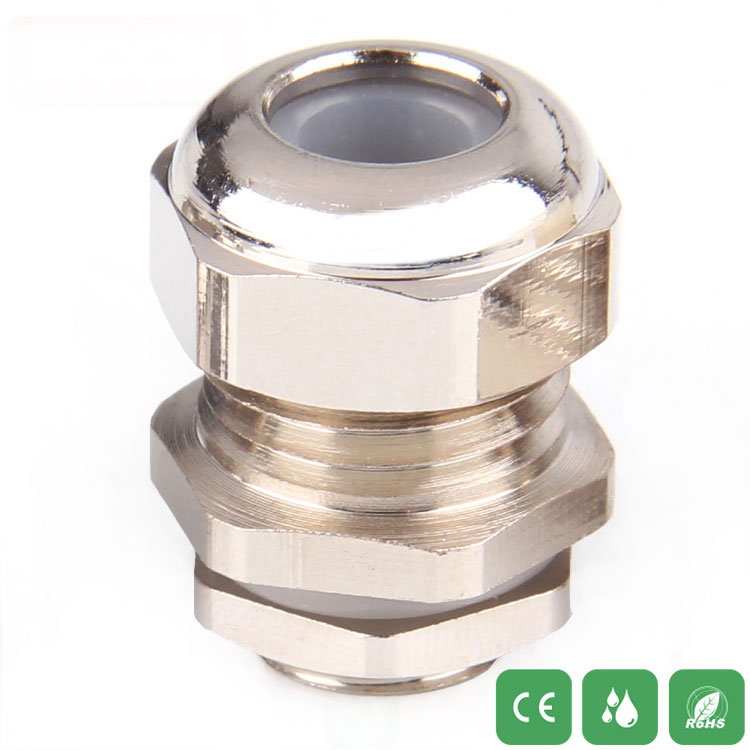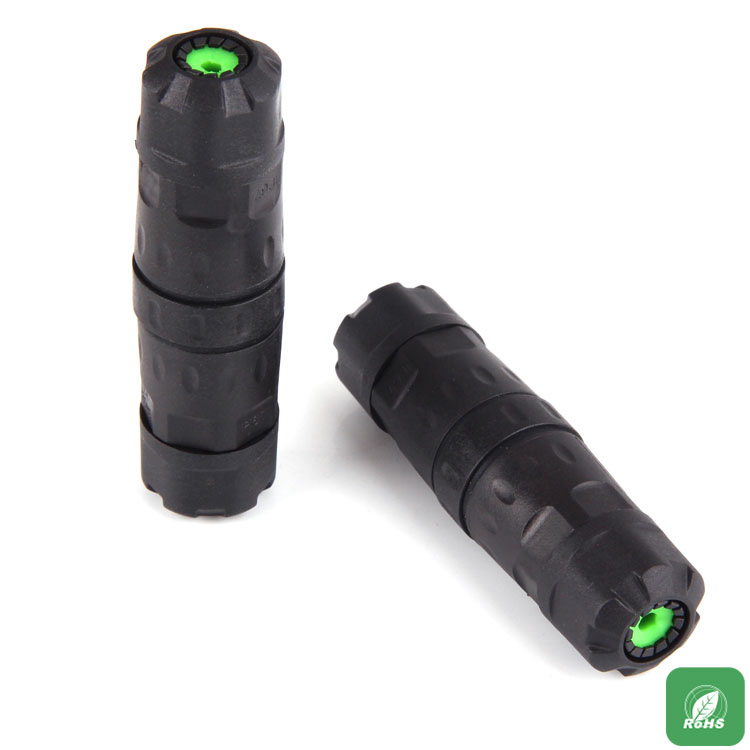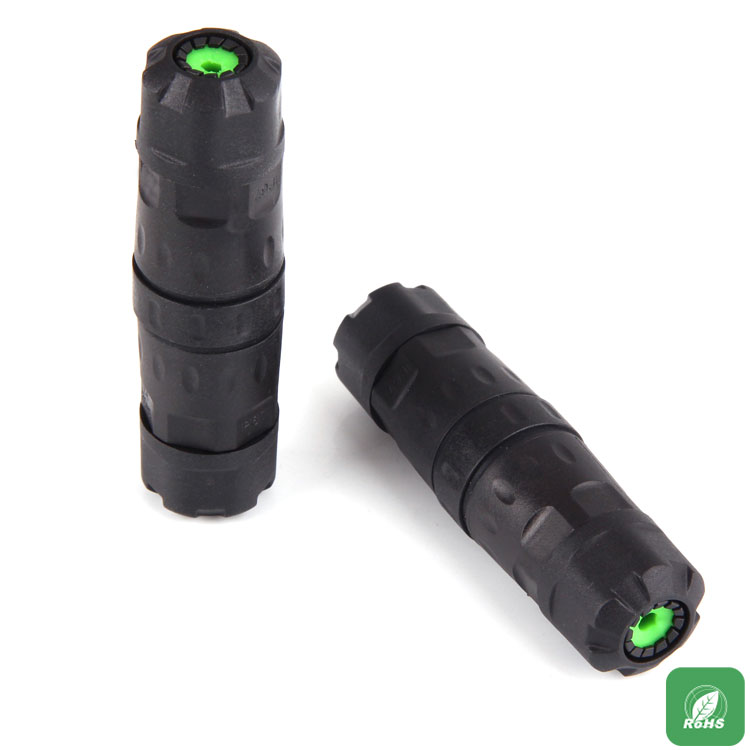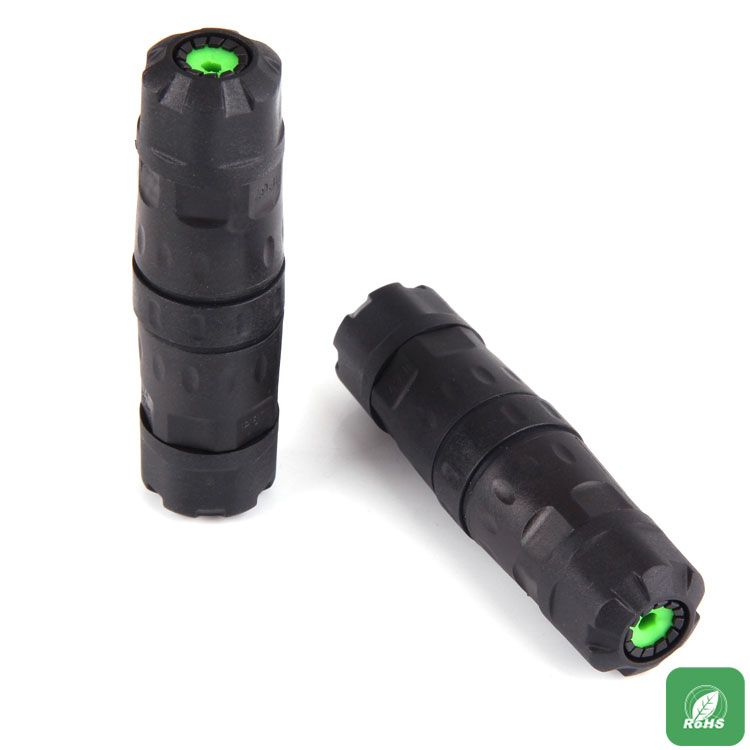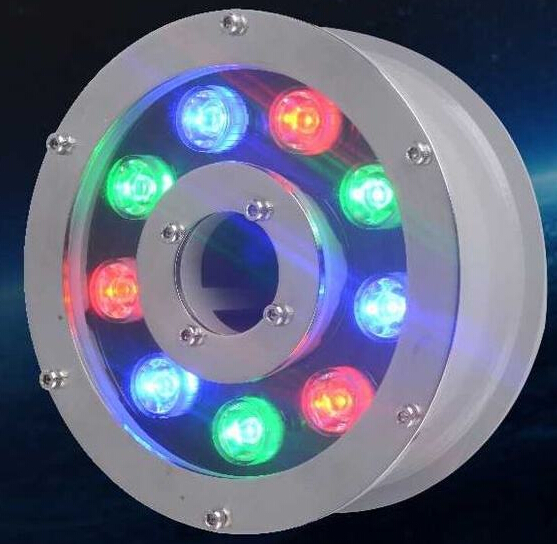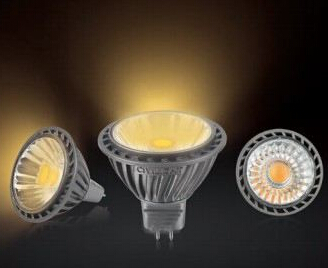In the morning, I saw the streetlights downstairs. I watched the time, about 7:21, not 7:20 or 7:30. What happened?" Mr. Jiang, a citizen who lives near the Jiuyan Bridge, recently discovered a problem.

If you pay attention to it, you will find that the time when the street lights are turned on and off every day is different. The reporter learned from the Lighting Management Office of Chengdu Urban Management Committee that Chengdu has achieved “fine management and on-demand opening and closing” of urban lighting, and is currently piloting “single-light IoT monitoring technology”, this technology will be realized for each The street lamp performs data monitoring, and then uses the formed big data to manage the street lamp, and the brightness of the single lamp can be adjusted as needed in the future.
Precision lighting is achieved
Distribution point
In the main urban area around the city high-speed, there are 24 natural light collection points to collect the sunshine intensity of different areas.
monitor
When the collected light intensity reaches or falls below a certain set value at a certain time, it will send back information to the control system, indicating that the street light can be turned off or on.
standard
The standard value of the open/closed street light is that the ground illumination is lower than/more than 30 lux. Since the collection point is set on the roof, the illumination is higher than the ground, so the standard value set by the collection point is higher than 30 lux (lux: unit of illumination)
Currently very accurate
Urban lighting has achieved "on demand"
On the large screen of the city lighting monitoring system of the lighting management office, there are 24 green spots on the Chengdu map. “This is the natural illuminance collection point, which is the basis for us to control when to turn on and off the street light.” According to a person in charge of the lighting department, in the main city area around the city, these 24 points are distributed as evenly as possible to collect different The intensity of sunshine in the area. When the collected light intensity reaches or falls below a certain set value at a certain time, it will send back information to the control system, indicating that the street light can be turned off or on.
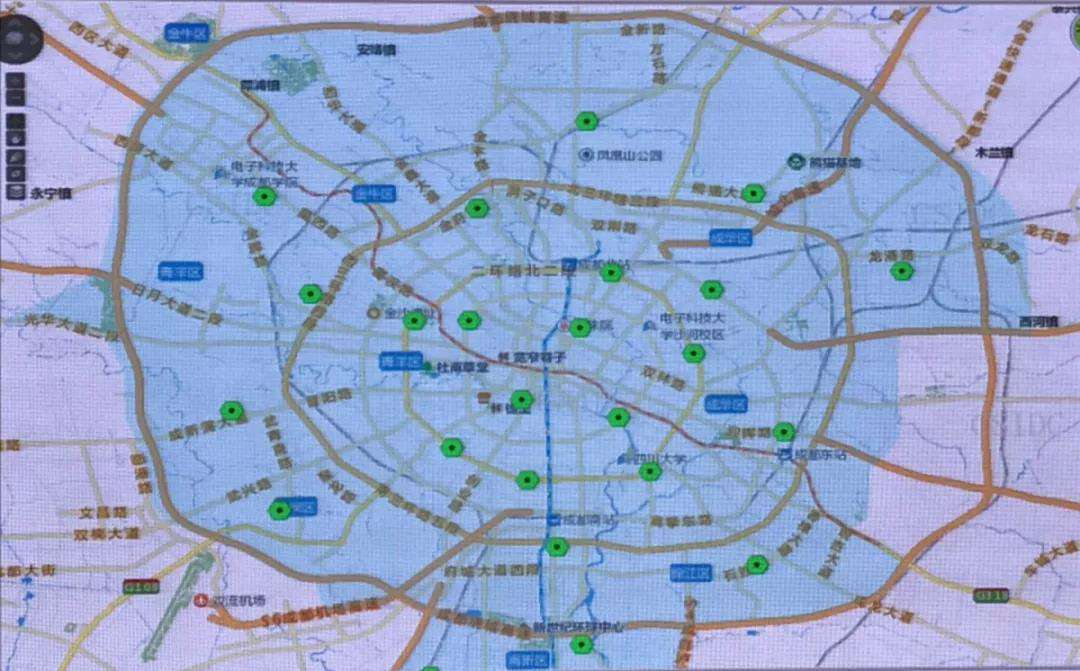
Lighting monitoring system
"According to national regulations, the standard value of street lights is that the ground illumination is lower than / exceeds 30 lux, because our collection point is located at the top of the building, etc., the illumination is higher than the ground, so the standard value set by the collection point will be higher than 30 lux." The person in charge said that the brightness of 1 lux is equivalent to a candle, and the illuminance acceptable to white paper at 1 meter.
Because the sunrise and sunset time are different every morning and evening, the amount of sky clouds is different, so the time to reach 30 lux every morning is not the same, which determines the opening and closing time of Chengdu street lamps is different every day. The reporter saw on the monitoring system of the lighting management office that from November 1st to 6th, the time for the street lights to be turned off every morning was: 7:12, 7:13, 7:27, 7:17, 7:21, 7: twenty four.
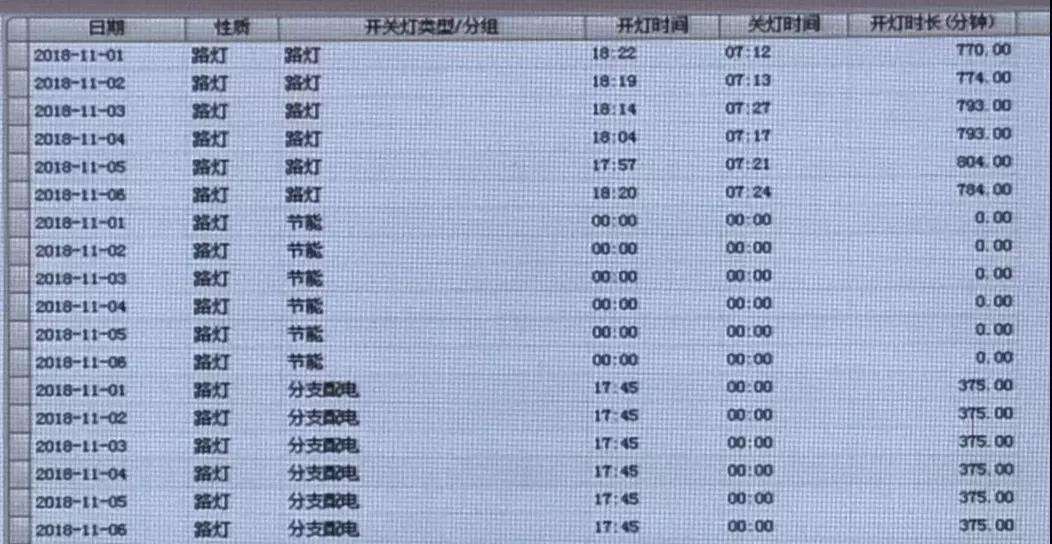
From November 1st to 6th, the opening and closing time of Chengdu street lights is different every day.
Relying on this monitoring system, not only accurate and on-demand lighting is achieved in time, but also in the region. “For example, in the thunderstorms of summer, the dark clouds in a certain city are dimly lit, and the other city is sunny. The collection points in the dim area will remind us to turn on the street lights in time, but other areas do not have to.” said the person in charge.
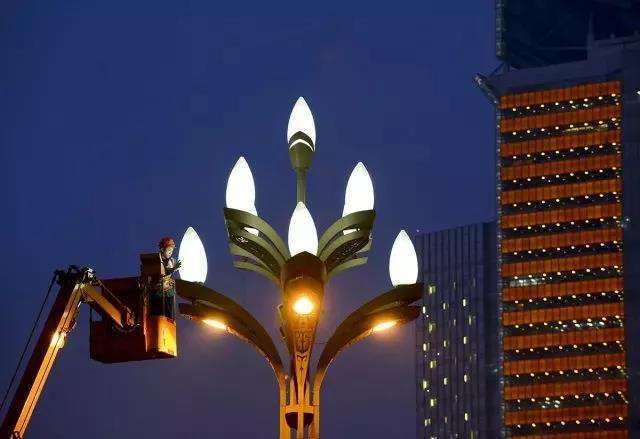
More accurate in the future
Can achieve precise control of single lamp brightness
According to the degree of street lighting opening and closing time, regional precision management, is not the most advanced technology of Chengdu city lighting. The reporter learned that since March this year, the Lighting Management Office has piloted the "single-light Internet of Things monitoring technology" in the Jiulidi area. “In a nutshell, every street light is connected to the network and its data is passed back to the background, and we look at the data to see how each light is performing.”
According to the above-mentioned person in charge, the single-lamp IoT monitoring technology can achieve three goals.
The first is to accurately monitor each street light. You can see the voltage, current and other data of each street lamp without leaving the house to know whether the lamp is running normally. The lights are not lit, no need to go to the scene to check.
Second, this technology can be used to build very useful big data. “For example, each lamp will change its current condition as the usage time increases, and then it will reach a certain value near its service life. We can sum up the same according to these data, changes, and critical values. The general situation of streetlight use can accurately predict and manage each lamp."
Third, in the application, in the future, it is possible to issue instructions to each lamp, adjust its brightness, and achieve precise illumination. “At 8:00 in the evening and 4 or 5 in the morning, the amount of crowd activity is different. In the future, we can correlate traffic flow and other information to achieve sub-regional time-sharing to control the brightness of individual street lights. Such urban lighting is smarter and more energy efficient. ”
It is understood that the first-tier cities in China, such as Beishangguang, are experimenting with single-lamp IoT monitoring technology, but they have not been put into use on a large scale. "This technology is a trend, and it will certainly be the case in the future, but the supporting communication technology needs to be verified to prove its reliability. After all, urban lighting is related to urban safety." According to the person in charge, the pilot in Chengdu has entered. At the end of the final data sorting phase, the technology is also sent to the quality inspection agency in the province for testing. After the test results of the two parties come out, it will be comprehensively determined whether it will be promoted immediately.
















 RCCN WeChat QrCode
RCCN WeChat QrCode Mobile WebSite
Mobile WebSite